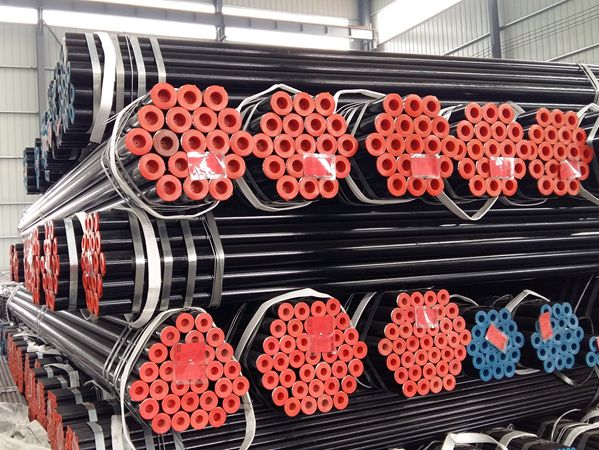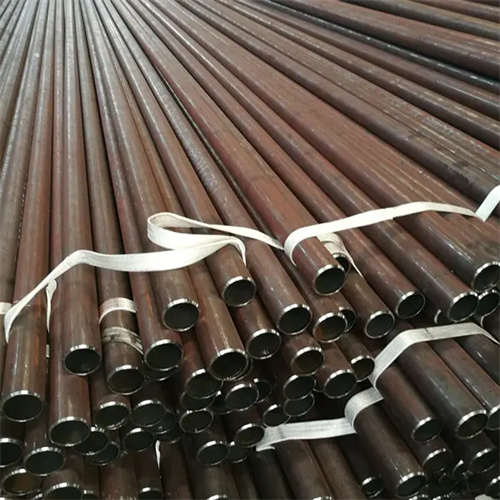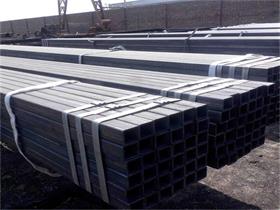Differences Between ASTM A106, A53, and API 5L Carbon Seamless steel Pipes
When it comes to choosing the right carbon Seamless steel Pipe for your project, it’s important to understand the differences between ASTM A106, A53, and API 5L. These three specifications are commonly used in the industry, but each has its own unique characteristics that make it suitable for specific applications.

ASTM A106 is a standard specification for seamless Carbon steel pipe for high-temperature service. It is commonly used in refineries and plants where high temperatures and pressure are present. ASTM A106 pipes are known for their strength and durability, making them ideal for applications that require high performance under extreme conditions.
On the other hand, ASTM A53 is a standard specification for seamless and welded black and hot-dipped galvanized steel pipe. It is commonly used in plumbing and construction applications where Corrosion resistance is important. ASTM A53 pipes are more economical than ASTM A106 pipes, making them a popular choice for projects with budget constraints.
API 5L is a standard specification for seamless and Welded steel pipe for the transportation of natural gas, Oil, and other fluids. It is commonly used in the oil and gas industry for pipelines that transport these substances over long distances. API 5L pipes are known for their high strength and resistance to corrosion, making them suitable for harsh environments.
1.5 Stainless steel pipeOne of the key differences between ASTM A106, A53, and API 5L carbon seamless steel pipes is their chemical composition. ASTM A106 pipes are made from carbon steel with a small amount of manganese and silicon, while ASTM A53 pipes can be made from carbon steel, Alloy steel, or stainless steel. API 5L pipes are typically made from carbon steel with additional elements such as manganese, phosphorus, and sulfur.
Another difference between these specifications is their manufacturing process. ASTM A106 pipes are hot-rolled, which means they are formed at high temperatures and then cooled to room temperature. This process results in a seamless pipe with a smooth surface finish. ASTM A53 pipes can be either hot-rolled or cold-rolled, depending on the manufacturing method chosen. Cold-rolled pipes have a smoother surface finish and tighter dimensional tolerances than hot-rolled pipes.
API 5L pipes are typically hot-rolled, but they can also be cold-rolled if required. The manufacturing process for API 5L pipes involves forming the steel into a cylindrical shape and Welding the edges together to create a seamless pipe. This process results in a strong and durable pipe that can withstand high pressure and temperature.
In conclusion, ASTM A106, A53, and API 5L carbon seamless steel pipes have their own unique characteristics that make them suitable for different applications. ASTM A106 pipes are known for their strength and durability, ASTM A53 pipes are more economical and corrosion-resistant, and API 5L pipes are designed for the transportation of natural gas and oil. Understanding the differences between these specifications will help you choose the right carbon seamless steel pipe for your project.






